Juan Luis Londoño Arias, more popularly known as Maluma, is beaming. “I could not be happier,” he chirps behind tangerine-tinted aviators. It’s the eve of his big news—that the mega-chart topping, Latin music hunk—is launching his own mezcal brand, Contraluz—and he says he’s been waiting for this moment for a long time. But technically that wasn’t always the case.
The Grammy award-nominated musician spent his youth drinking aguardiente, an anise-flavored liquor made from sugar cane popular in his hometown of Medellín, Colombia. “When I tried mezcal for the first time, it wasn’t my favorite,” he admits. “It was too smoky. I thought, maybe this is not for me.” After, on a visit to Mexico City with his father, Maluma kept experimenting, tasting more and more, and learning the variations and nuances of the distilled liquor. “I realized it was so spiritual, so ancestral. I really felt the roots of mezcal,” he explains. Eventually he met the Casa Lumbre team, and the rest, as the say, is history. Created from cultivated Espadín agave, Contraluz Cristalino Mezcal is the result of a maturation and small batch-filtration process that combines both mezcal and cristalino tequila for the first time, bringing innovation into an artisanal process. “You have to wait until you see the light,” says Maluma, referring to its complex aging process. “Then you’ll feel the vibe.”
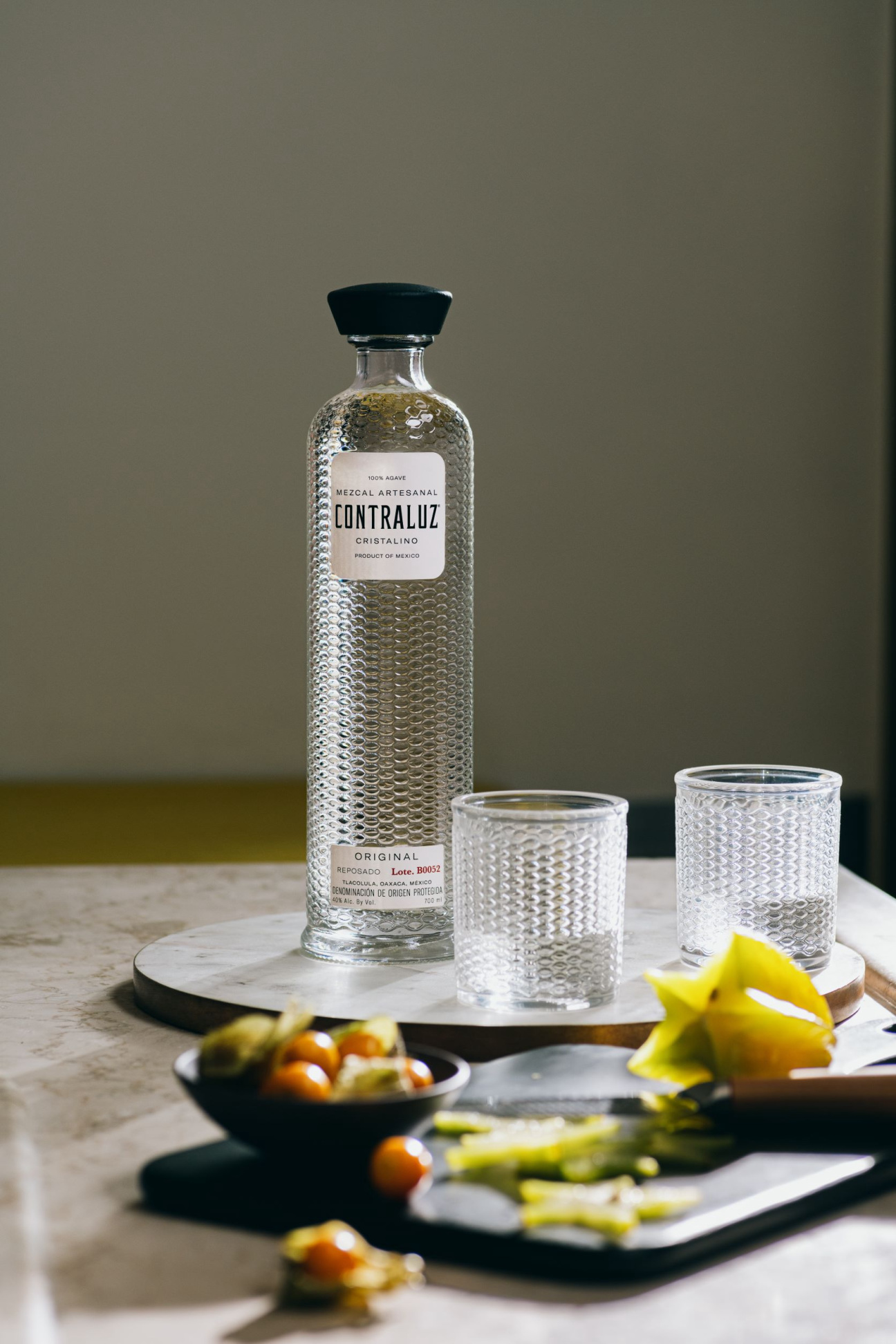
Lauded for his cameo in the Disney hit Encanto, Maluma, insists he feels very spiritually connected to Mexico, recalling that the first time he came to its capital city he felt like he was at home. “Sometimes I say I’m half Colombian, half Mexican,” he laughs. “We have a lot of things in common. When I was a kid my dad and my mom used to listen to mariachi songs, Mexican songs. It’s something that I feel is a part of my family.” It’s a cultural connection that extends beyond Contraluz Cristalino Mezcal’s actual liquid and to the container that holds it, too. “It’s based on the texture of the agave plant that the mezcal comes from,” explains Maluma, who worked with Casa Lumbre’s Daniel Schneeweiss on a dozen prototypes before the two realized a bottle design that was most authentic to their story. “Being a part of the creative process is my favorite part of this,” continues Maluma, whose massive Colombian mansion is filled with Scandinavian design and a giant KAWS sculpture. But while constructing a sunken living room in an indoor-outdoor home or overseeing the creation of a global tour may seem different than designing a mass-produced product, Maluma says it’s all the same: “Art is art. It doesn’t matter if it’s painting or cooking or making a product. It’s something you have in your heart—that’s how I develop all my projects.”

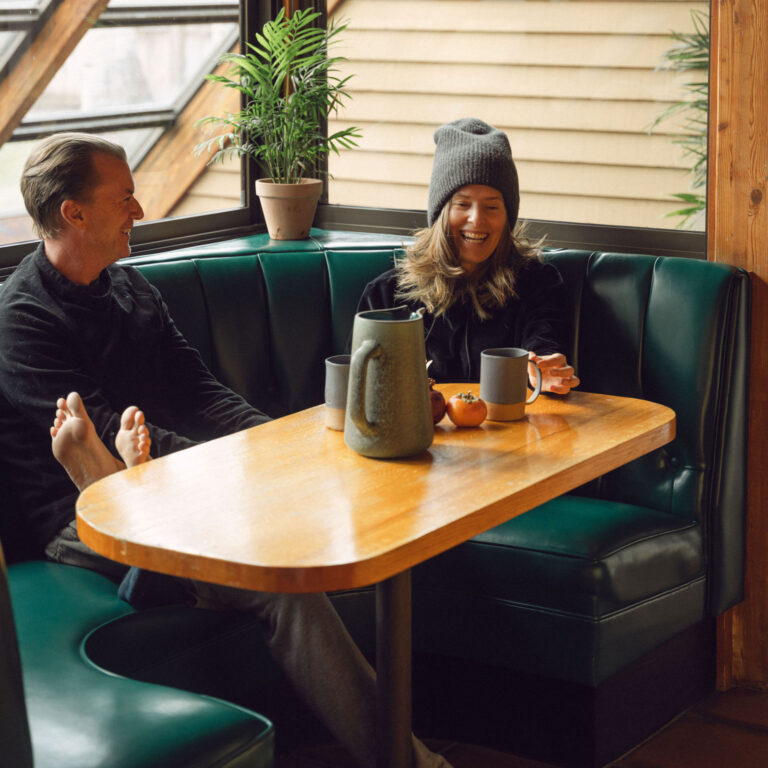
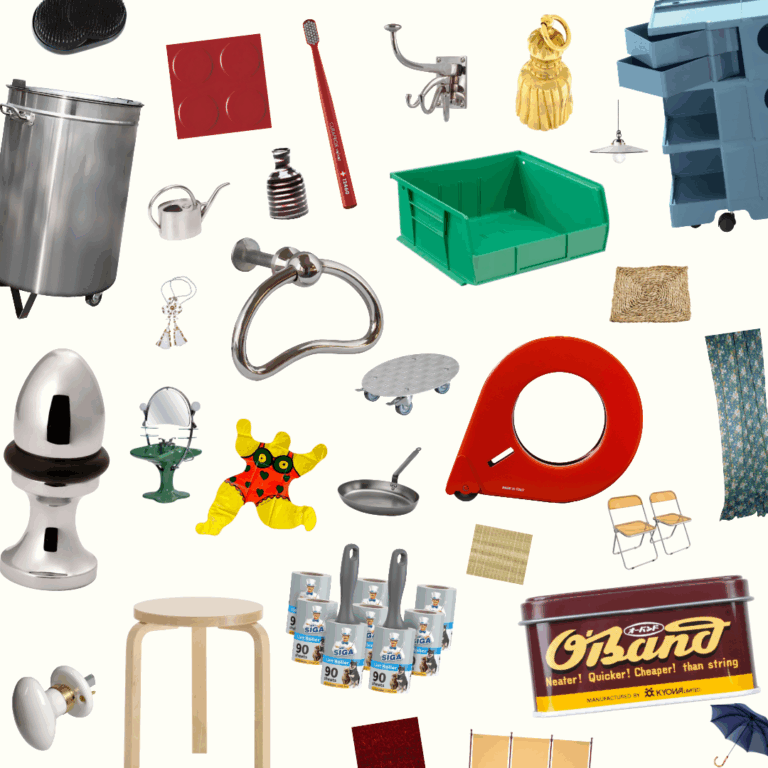

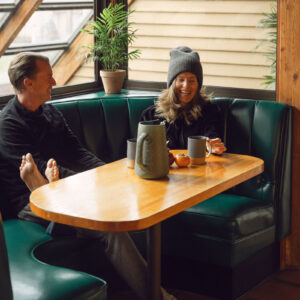
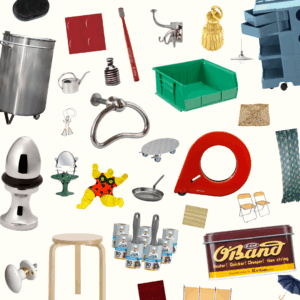




 in your life?
in your life?

